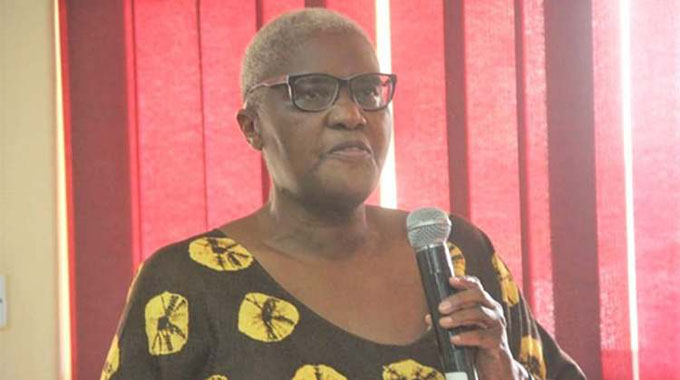Kapenta fish breeding spreads

George Maponga Masvingo Bureau
Local kapenta production is expected to increase significantly over the next few years after two big water bodies,Tugwi-Mukosi and Mtsabezi dams joined Kariba Dam as new breeding grounds.
Kariba Dam used to be the sole big source of kapenta in the country, but demand for small fresh water sardines has been surging partly due to high beef prices, among other factors.
Over-fishing in Lake Kariba, which Zimbabwe shares with its northern neighbour, Zambia, was also blamed for causing kapenta shortage in the country, forcing some to import from other countries such as Mozambique.
Now, the situation is set to change as the Zimbabwe Parks and Wildlife Management Authority (Zimparks) has expanded kapenta fish breeding to two more new dams in Masvingo and Matabeleland South provinces.
Besides Kariba, other dams such as Lake Chivero and Darwendale also produce kapenta, though in small and insignificant quantities.
Zimparks spokesperson Mr Tinashe Farawo said Tugwi-Mukosi and Mtshabezi will soon start producing kapenta.
“Kapenta fish breeding is now taking place at two other dams in Zimbabwe, which have joined Lake Kariba to produce kapenta and we are hopeful that this will go a long way in increasing its aggregate output and meet local demand,” he said.
Mr Farawo said harvesting of the kapenta had not yet started at Mtshabezi and Tugwi-Mukosi to allow for optimal breeding.
“Harvesting at the other two dams will only start when significant kapenta population has accumulated. There is need to create space for the kapenta to breed,” he said.
An increase in local kapenta production will save the country scarce foreign currency importing fish from other countries to meet local consumption needs.
The expanding breeding ventures will also add nutritional value to communities close to the dams breeding the kapenta while also creating jobs for more people.
Breeding of the kapenta is also expected to spread to other big dams dotted across the country especially in Masvingo, which has the highest Dam density in the country.
Zimbabwe currently produces about 15 000 tonnes of kapenta annually, the bulk of which comes from Lake Kariba and estimates show the country has potential to produce nearly 1,5 million tonnes if all existing water bodies are fully utilised.











Comments